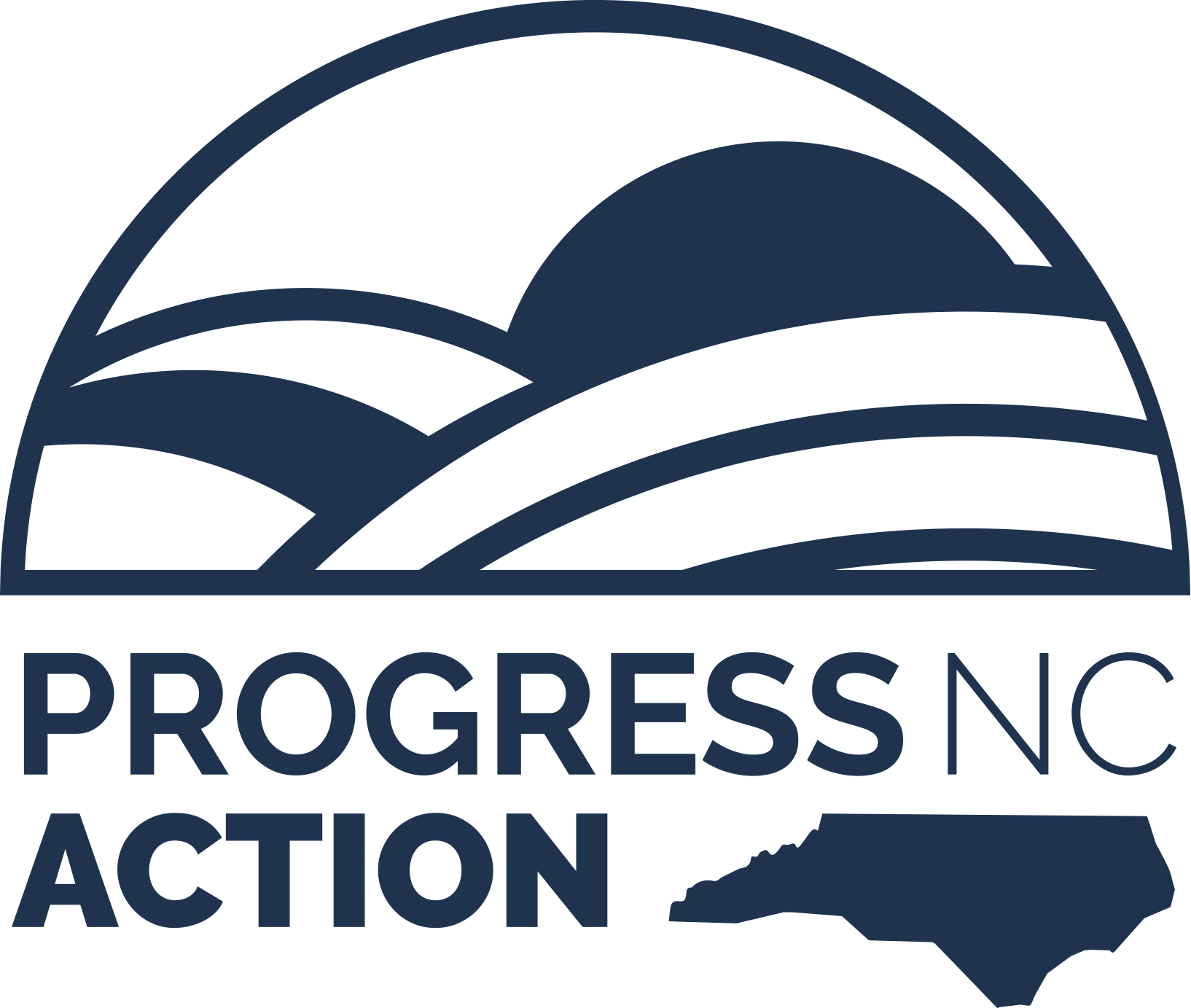Senate passes ‘Families First Coronavirus Response Act’
A second coronavirus emergency aid package came into law last week, named the Families First Coronavirus Response Act. The latest package includes a federal emergency paid-leave benefits program, free COVID-19 testing for the public and expanded unemployment benefits.
The first emergency bill allocated over $8 billion for coronavirus prevention, preparation, and response efforts across the nation. The new legislation allocates nearly a billion dollars to provide access to meals for those without food security and $400 million for an emergency food assistance program that will be available until next year.
On Wednesday, President Trump signed the Families First Coronavirus Response Act. The bill aims to give paid leave to workers who did not have it and extend paid leave for workers who only got a few days. These benefits are not forever. They would only apply to workers stuck at home due to the coronavirus.
The new law grants two weeks of paid sick leave at 100 percent of the person’s normal salary, up to $511 per day. It would also provide up to 12 weeks of paid family and medical leave at 67 percent of the person’s normal pay, up to $200 per day.
Experts say one of the most innovative parts of the House bill is that it gives gig workers and self-employed similar benefits to Americans working at small and midsize companies. People who are self-employed but work for another employer — e.g. Lyft and Uber drivers, caterers or planners for major events like South by Southwest — are eligible for a tax credit of up to two weeks of sick pay at their average pay and 12 weeks of family leave pay at two-thirds their normal rate.
The House bill covers coronavirus-related sick leave taken during the next 12 months.
For paid sick leave, small employers — those with fewer than 500 employees — are to provide two weeks’ worth of paid-leave benefits to employees who are affected by the coronavirus emergency.
In addition to, three months of paid family and medical leave, equivalent to no less than two-thirds of the person’s pay
Employers will receive tax credits to offset the costs of providing paid leave.
For self-employed, there will be a tax credit equivalent to the sick leave amount.
For unemployment, over $1 billion in state grants are to be used to boost unemployment benefits, cover processing and paying unemployment insurance.
For nutrition assistance, certain households will be eligible for assistance if a child’s school has been closed for at least five consecutive days due to the health crisis. Certain waivers will also be implemented to allow more Americans to access the Supplemental Nutrition Assistance Program.
According to the Bureau of Labor Statistics, nearly a quarter of U.S. workers didn’t have access to paid sick leave in 2019.
In 2018, over 27.5 million people did not have health insurance at any point during the year. The uninsured rate and number of uninsured increased from 2017 (7.9 percent or 25.6 million).
U.S workers have been doing what they can to get by for years and with the economic strain caused by the pandemic, the flaws of the broken system are expanding rapidly, resulting in millions of workers taking financial hits. The government needs to commit to providing adequate protections and assistance for all Americans during this public health crisis.

